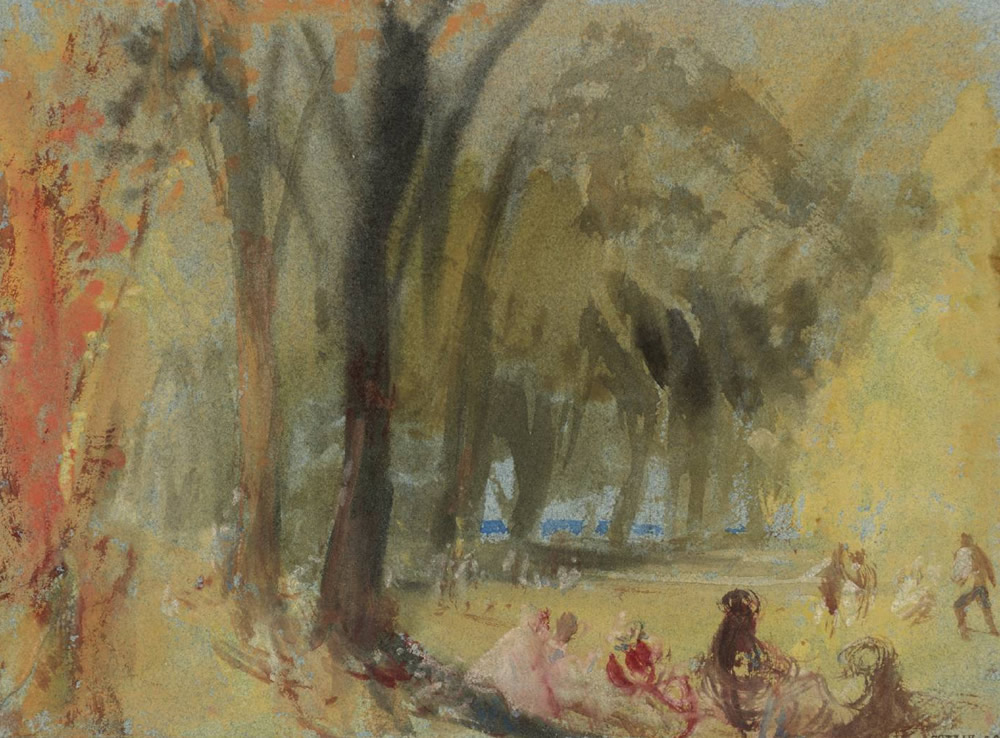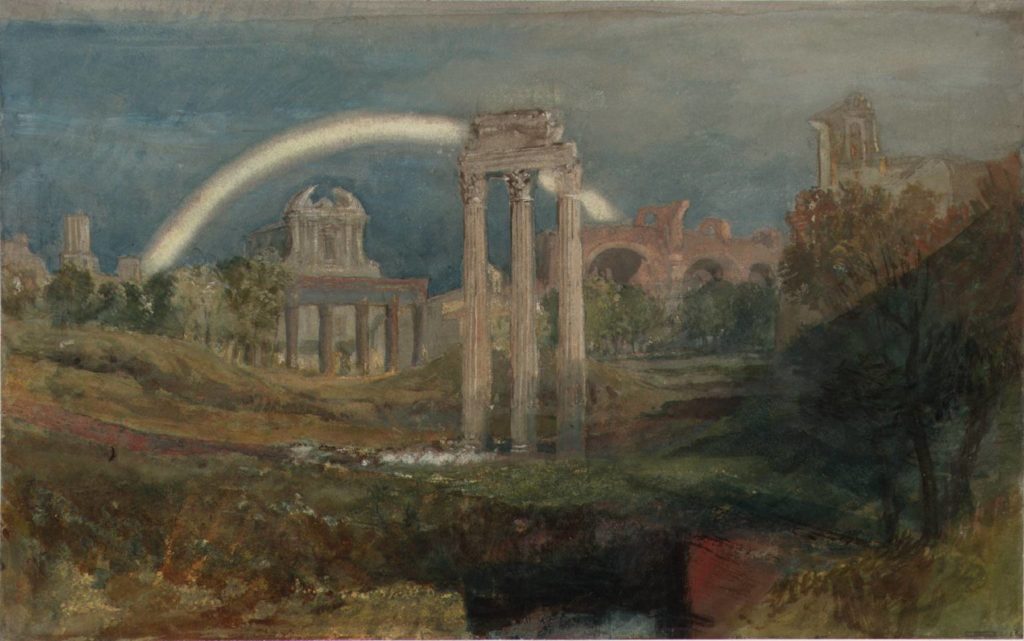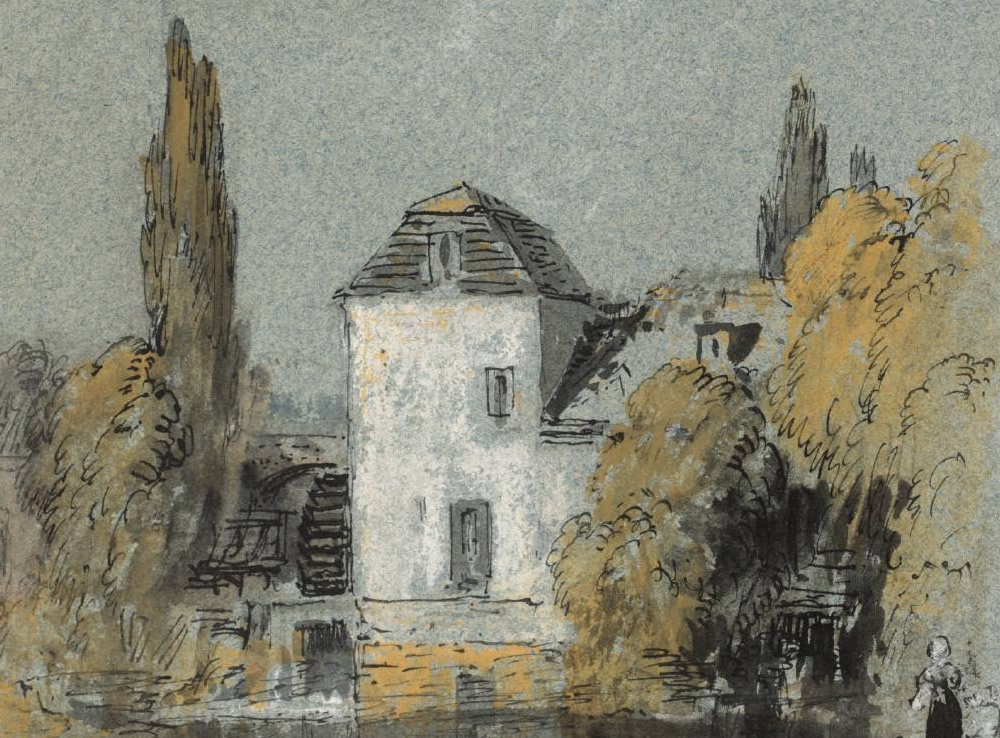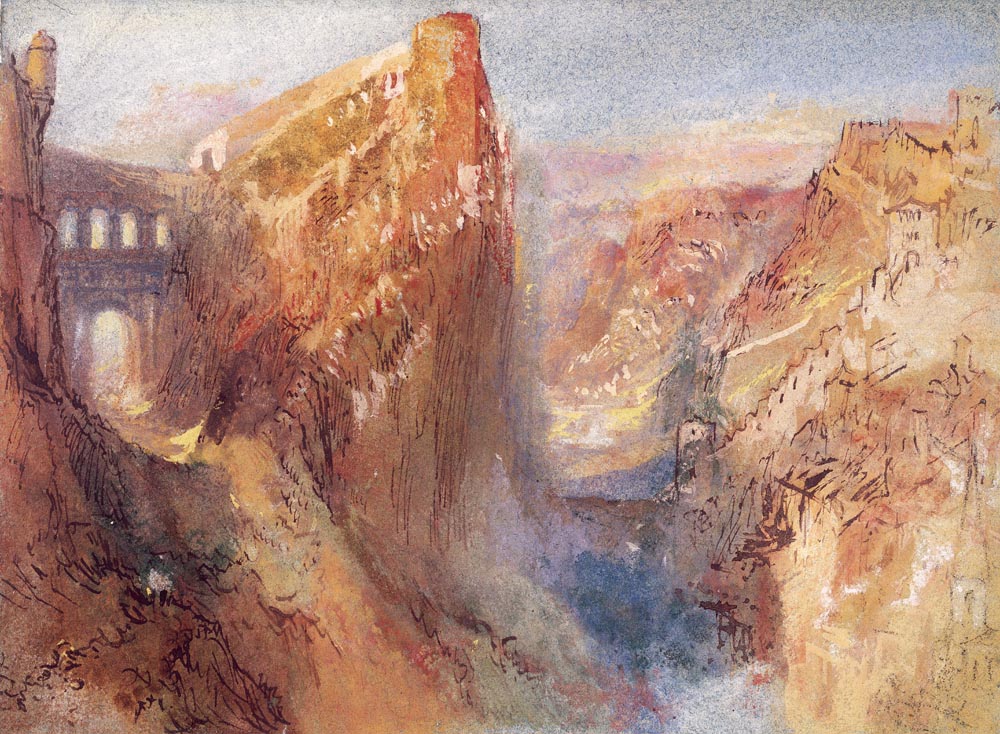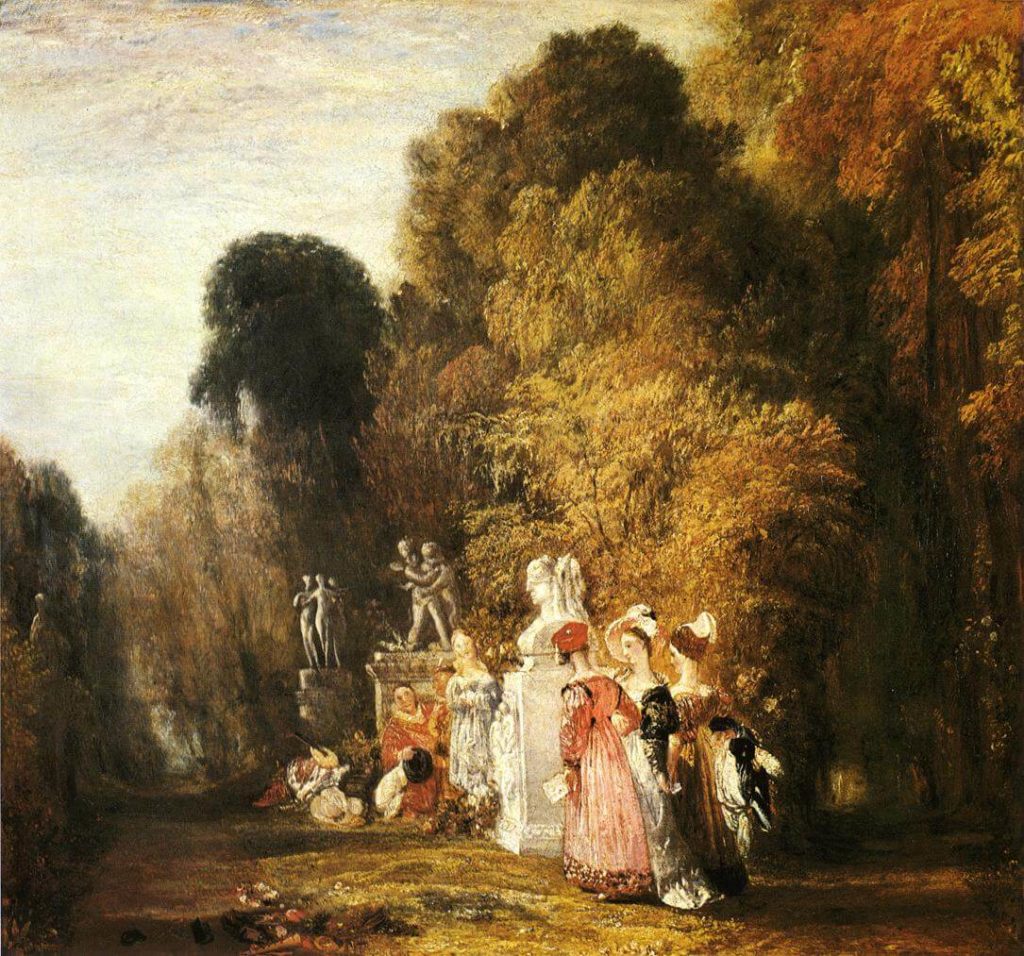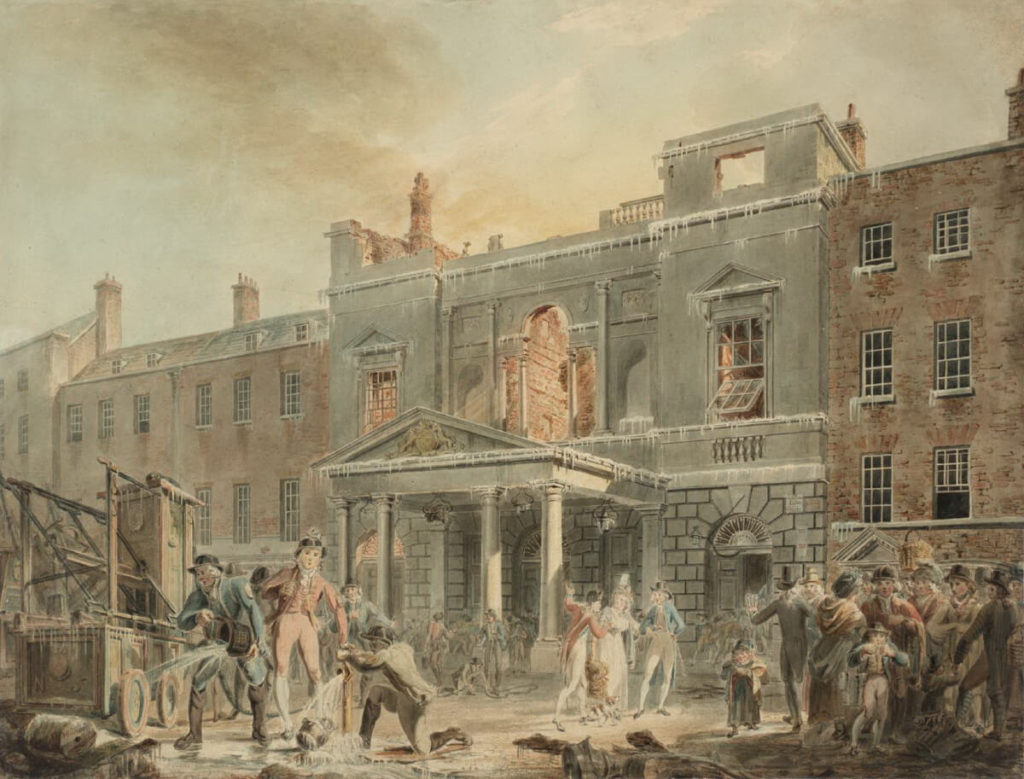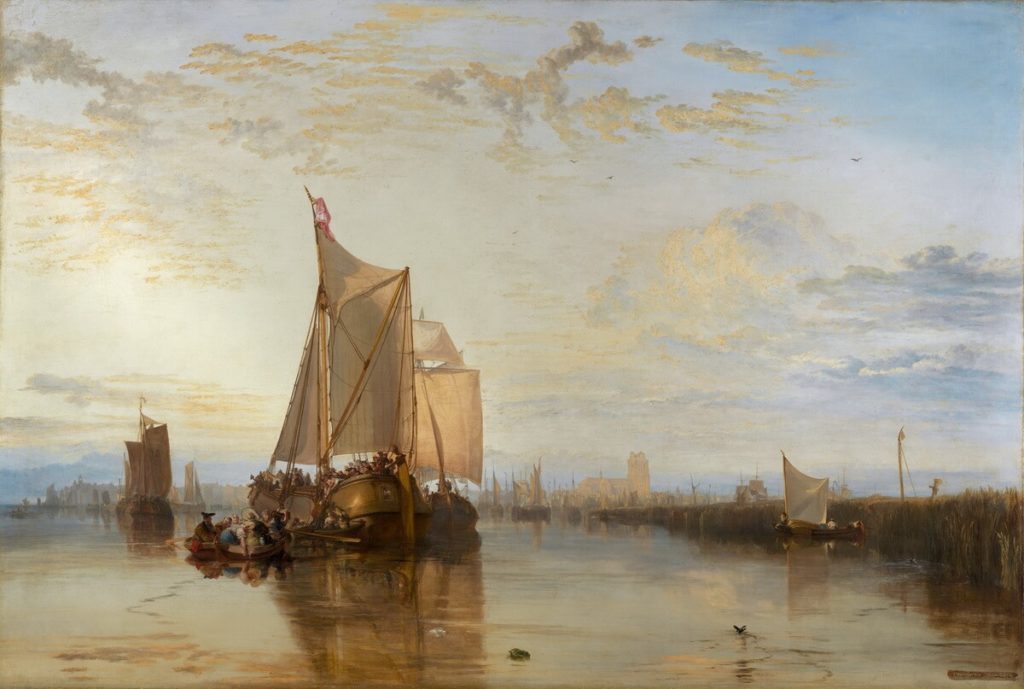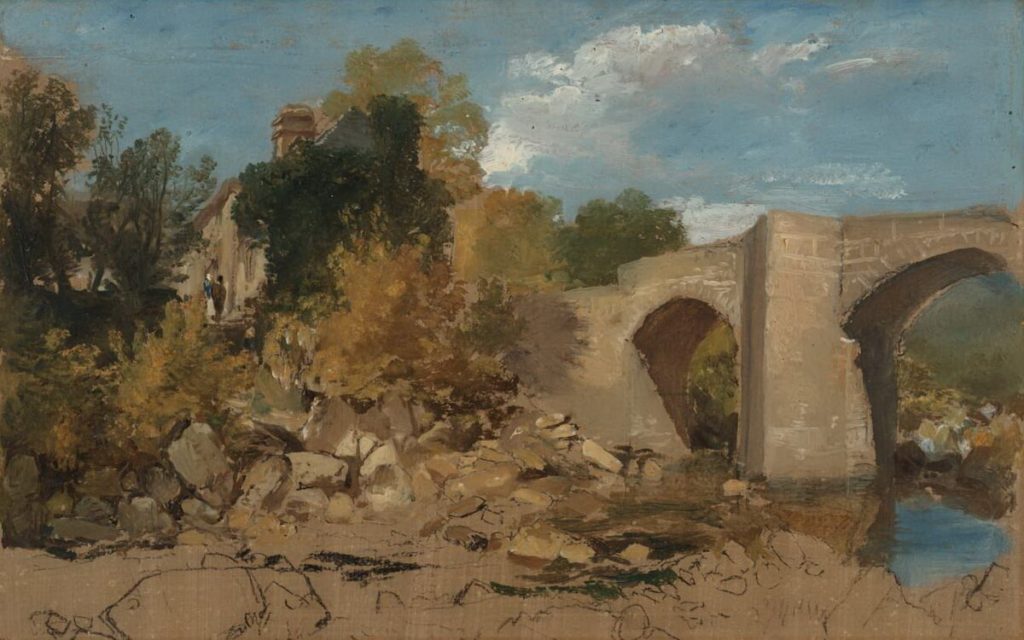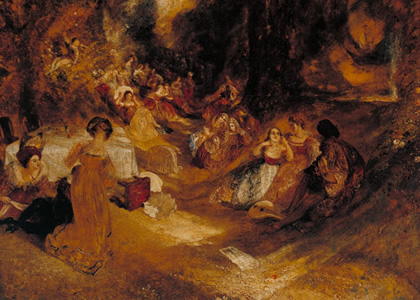Visit to Petworth and Fittleworth
The Society will make a return visit to Petworth House for a tour guided by its Collections Manager, Andrew Loukes. After picnicking or lunching at Petworth, we shall also visit Fittleworth Mill from 2.30 p.m., where we shall be shown round by a member of the owner’s family and be served light refreshments.
Visit to Petworth and Fittleworth Read More »
